A hands-on maths game that focuses on practical addition using teddy bear counters.
Fun Addition Board Game
Teddy Tables is a fun learning game where students practise addition and sharing using teddy bear counters. The rules of the game are as follows:
- Each student has their own game board.
- Players take turns picking up a game card and adding a specified number of teddy bears to the tables on their board.
- Some cards require sharing teddies to multiple tables.
- Once all seats at a table are full, collect a point token and remove all teddy counters from that table.
- The winner is the first player to collect 10 points or the player with the most points when it is time to finish the game.
Practical Addition Using Teddy Bear Counters
Teaching maths concepts using concrete materials can improve overall number sense and can create a fun, hands-on experience for young learners. Students play this maths game by placing the teddy counters on the game board which is organised into groups of five. It can be linked to the way tens frames have rows of five which may help assist with counting and simple addition.
Small Groups or Teacher-led
Use this engaging resource in small groups where students can play together or as a teacher-led activity. Potential questions to ask students when playing together include:
- Can you count how many teddies you have altogether?
- How many teddy bear counters do you need before your red table is full?
- Which table has the most teddies?
- Are there any tables that have the same amount of teddies?
How to Print Teddy Tables
Students will need a game board each when playing this game.
- Make sure to print enough copies of the board.
- Print a page of honey pot point tokens (one page is more than enough for up to seven players).
- Paper teddy bear counters are included in the resource if you do not have access to physical versions (each page of teddy counters is enough for two players).
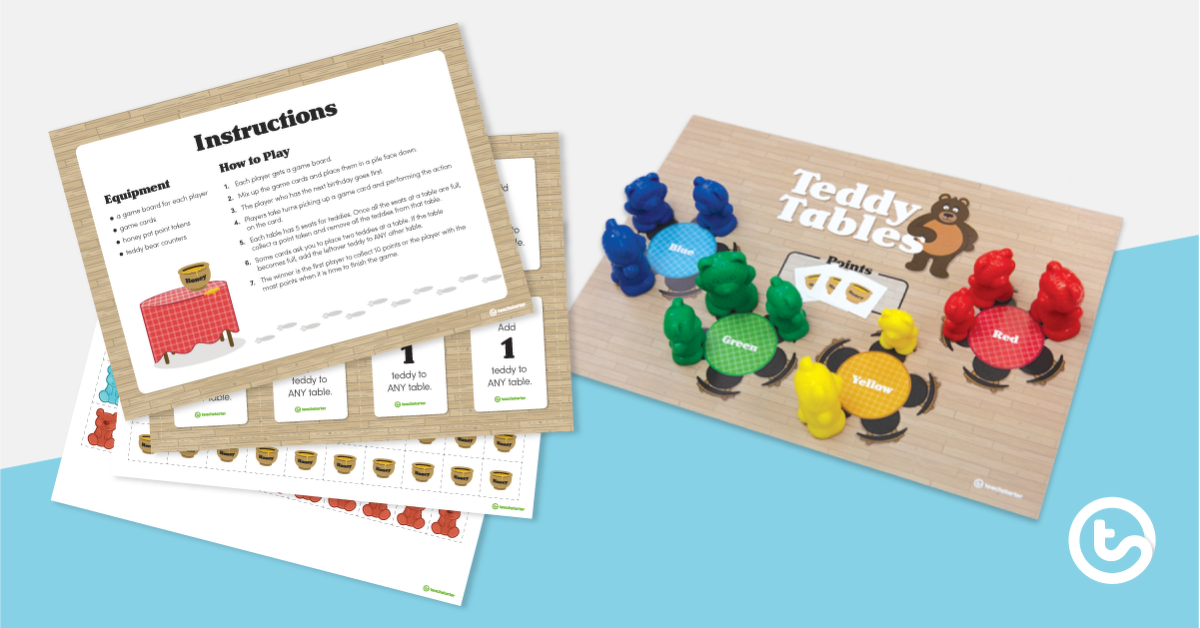
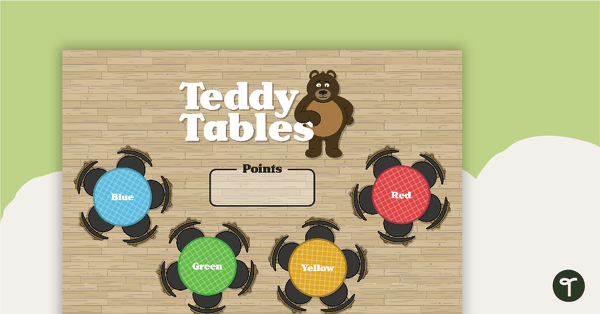
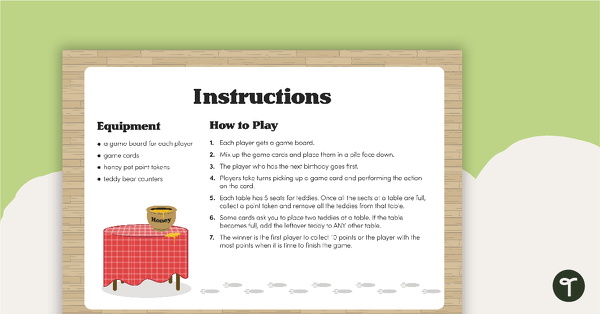
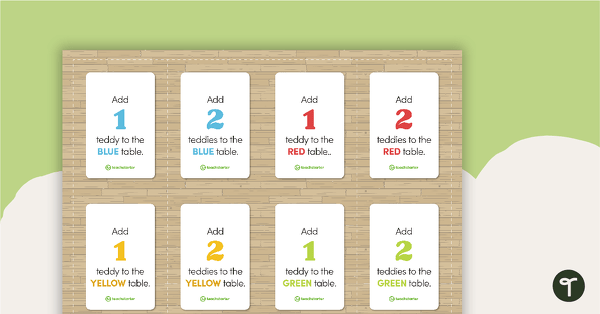

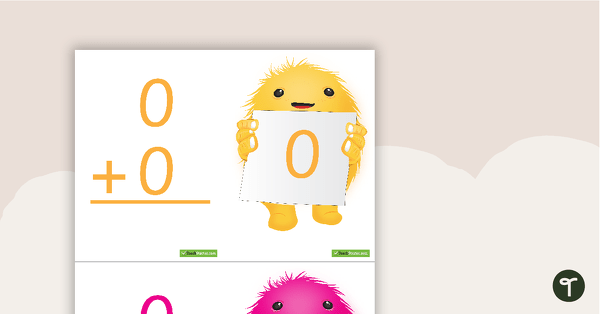
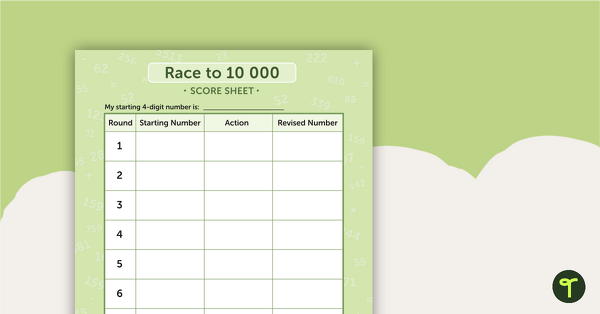
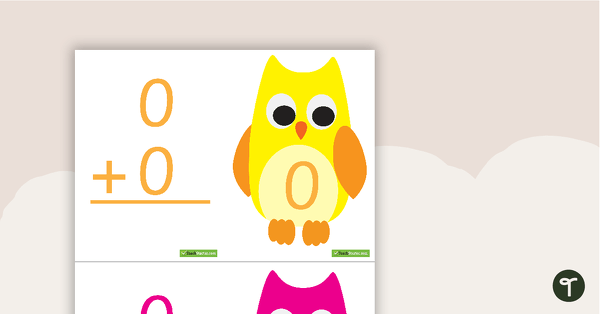
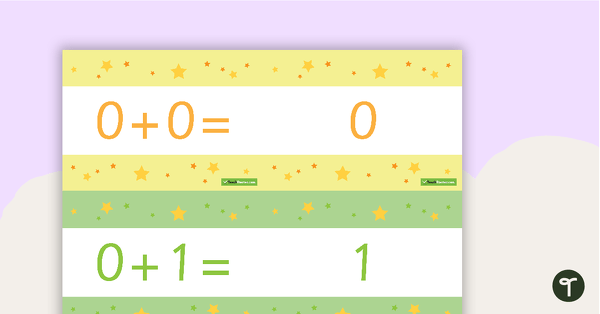
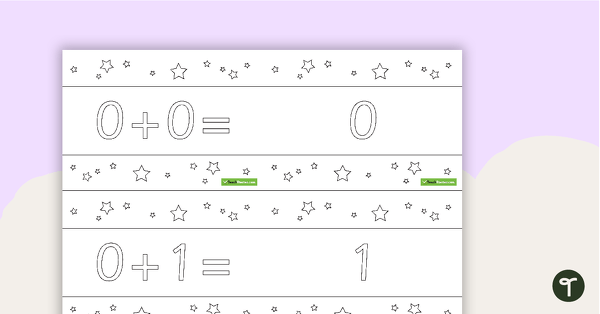

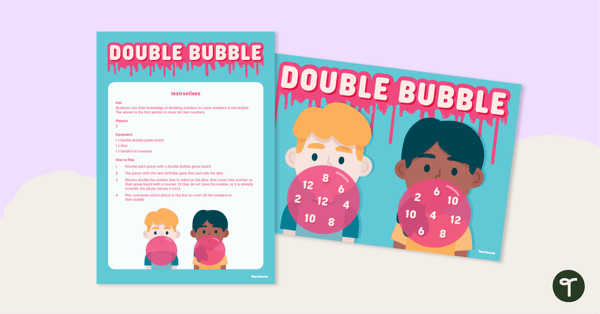
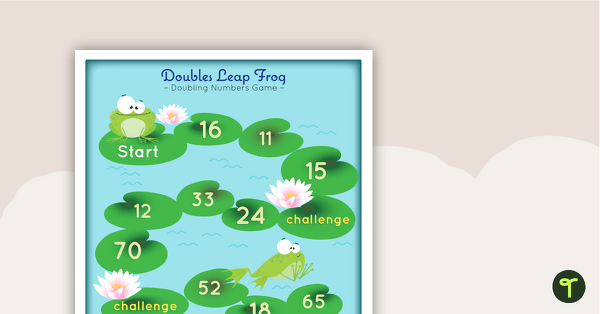
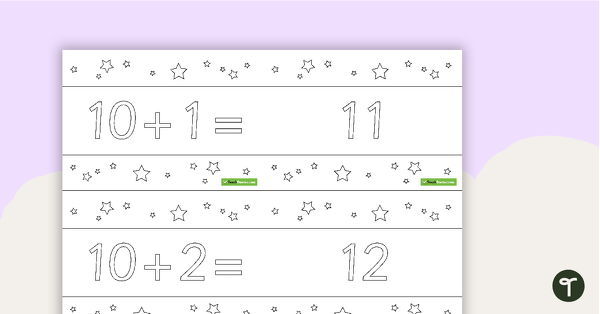
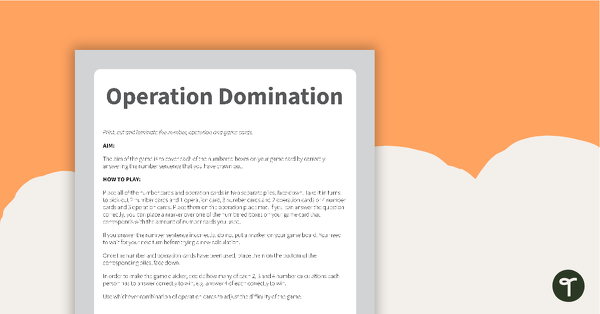
0 Comments
Write a review to help other teachers and parents like yourself. If you'd like to request a change to this resource, or report an error, select the corresponding tab above.